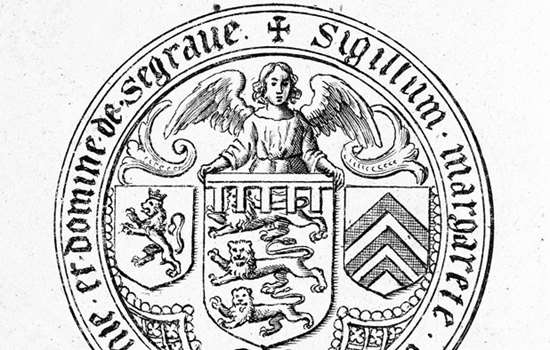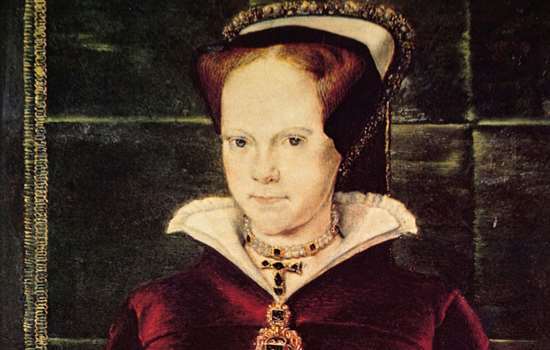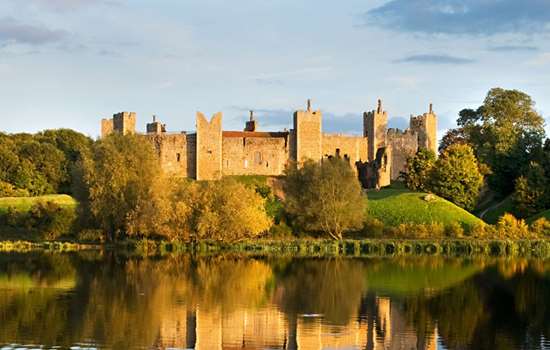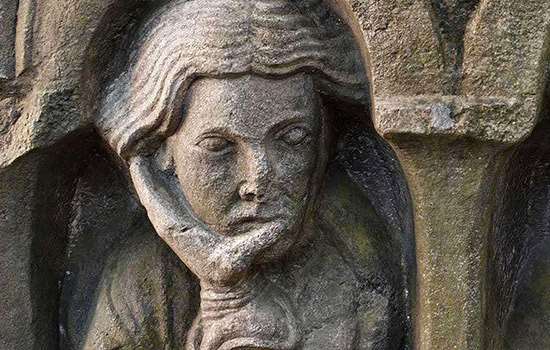The Bigods
Framlingham Castle was built by the Bigods, a powerful Norman family in the 12th century. The first stone buildings at the site were probably the work of Hugh Bigod, 1st Earl of Norfolk (d.1177). But it was under his successor, Roger Bigod II (d.1221), that the huge stone curtain walls we see today were built.
In 1213 Roger Bigod II entertained King John at the castle. But by 1215 relations had soured – Roger, along with 25 other barons, challenged the high military taxes levied by King John and forced him to accept Magna Carta. Enraged, John laid siege to Framlingham in 1216. After two days, the castle surrendered.
This loss of the castle was only temporary, however – it was later restored to the Bigods.
The Dukes of Norfolk
In the 14th century Framlingham passed to the Brotherton family. For some 17 years it was in the hands of Margaret, the daughter of Thomas Brotherton, 1st Earl of Norfolk. Margaret, who was known to have enjoyed a lavish lifestyle at the castle, was a powerful woman of the period and the first to be made a duchess in her own right.
Following Margaret’s death, her grandson and heir, Thomas Mowbray, inherited Framlingham. It was then passed down to the famous Howard family in 1483. Despite the brief period of the Howards’ tenure, Framlingham underwent substantial repairs during this time.
Find out more about Margaret BrothertonThe Tudor connection
Through the disgrace of Thomas Howard, 3rd Duke of Norfolk, Framlingham came into the hands of Mary Tudor, elder daughter of Henry VIII, in 1552. It was around this time that the castle played a key role in a succession crisis.
Although the Catholic Princess Mary had been named Edward VI’s heir by their father, the young Edward attempted to bequeath the throne to the Protestant Lady Jane Grey. On Edward’s death on 6 July 1553, the Duke of Northumberland moved to secure the throne for Lady Jane, his daughter-in-law. Learning of Northumberland’s plans to capture her, Mary fled to Framlingham to gather her troops, arriving there on 12 July. Thousands of her supporters flocked to the castle.
It was while she was at the castle that Mary received the news that Northumberland had surrendered and she had been proclaimed England’s first ruling queen. One of her first acts as ruler was to restore the estates and dukedom to the Howards.
Find out more about Mary Tudor at FramlinghamA castle for the poor
In 1635 the castle was sold to a rich lawyer and philanthropist, Sir Robert Hitcham. At his death a year later, he left instructions for the castle buildings to be demolished and a workhouse built.
After years of legal wrangling, the first poor families began work in the Red House in the mid 17th century, and a new building to house them was added in 1729. Just over a hundred years later, the last workhouse inmates left and the building was used as a parish hall.
In 1913 Robert Hitcham’s old Cambridge college, Pembroke, placed the castle in state guardianship, and it has been managed by English Heritage since 1984.
Find out more about the workhouseFind out more
-

The Life of a Medieval Duchess
Framlingham was once home to one of the country’s wealthiest women. Find out more more about her, and her lavish lifestyle at the castle.
-

Mary Tudor at Framlingham
Find out how Framlingham came to be at the centre of a succession crisis, which saw the crowning of England’s first official queen.
-

Buy the Guidebook
Explore Framlingham Castle and read about its history in the official English Heritage guidebook.
-

More Histories
Delve into our history pages to discover more about our sites, how they have changed over time, and who made them what they are today.
